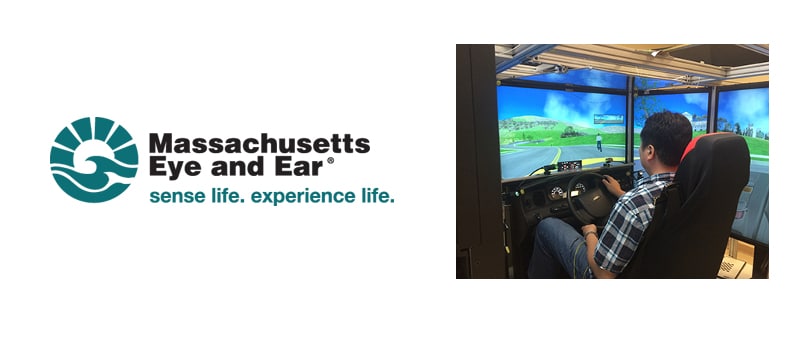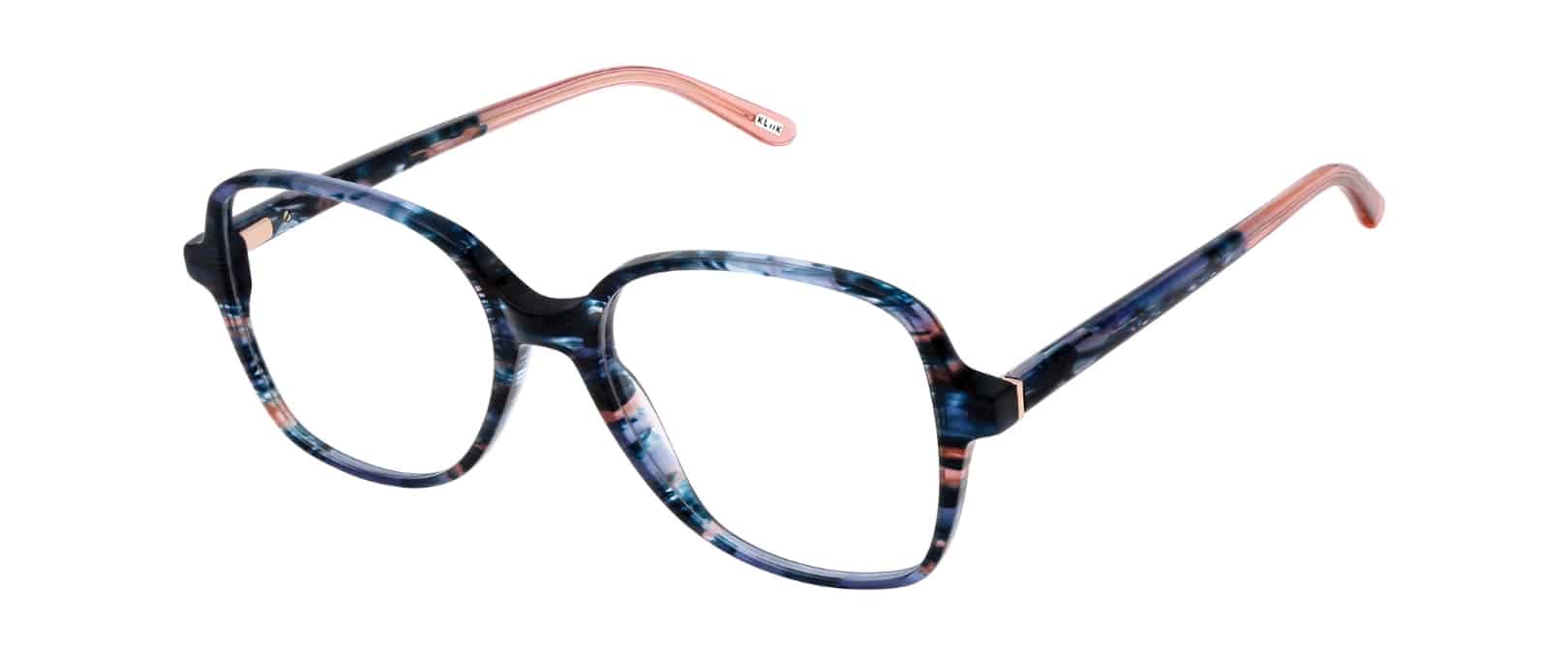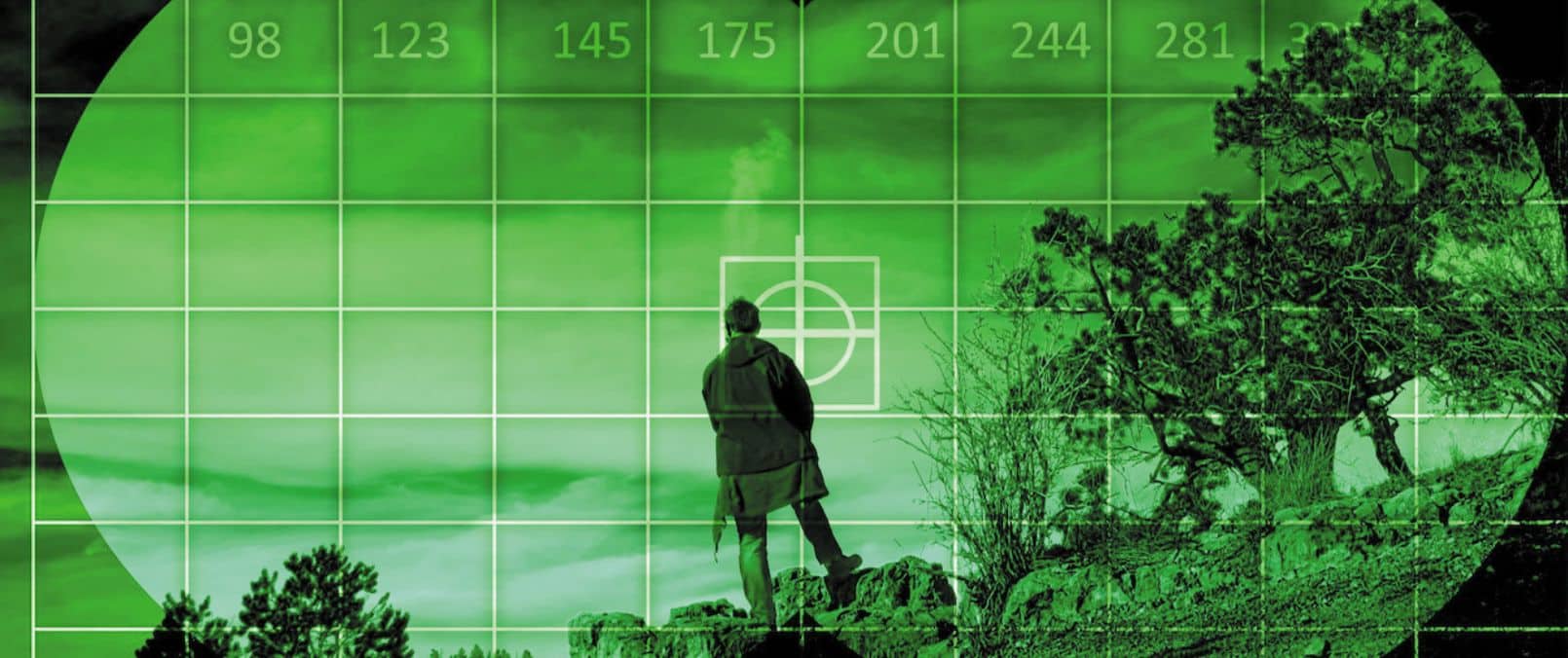How Central Vision Loss Affects Driving
Wednesday, September 16 2015 | 00 h 00 min | Vision Science
Researchers at the Massachusetts Eye and Ear Infirmary have developed a test to determine if drivers who have experienced central vision loss are able to see and react to pedestrians in a timely manner.
The study, published in PLoS ONE on September 2nd, used a driving simulator with gaze tracking to mimic real driving conditions and measured reaction time in responding to pedestrians. The researchers found that drivers with central field loss (CFL) were unable to stop for 21% of pedestrians, a rate seven times higher than the control drivers with normal vision. All drivers with CFL nevertheless had sufficient vision to obtain a driver’s licence.
Drivers with vertical scotomas were less affected than those with lateral scotomas, but all experienced delayed reaction times compared to normal vision controls.
“If you are a low-vision patient, you should understand how the condition affects and perhaps limits your ability to drive safely,” says study author Dr. Bronstad. “These data should prove useful to clinicians in advising patients about whether they should continue driving, and may even become a consideration for state agencies responsible for licencing drivers.”
Further information: http://journals.plos.org/plosone/article?id=10.1371/journal.pone.0136517








